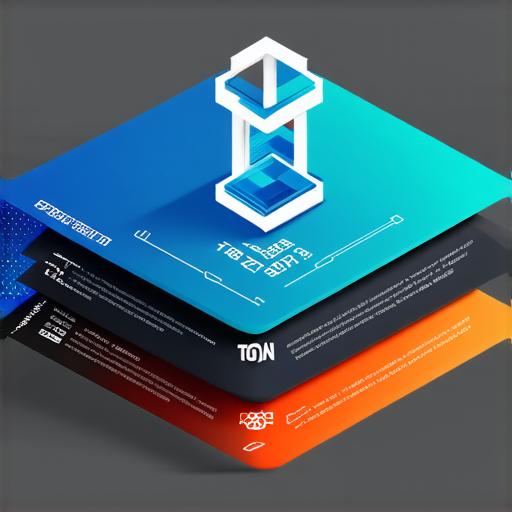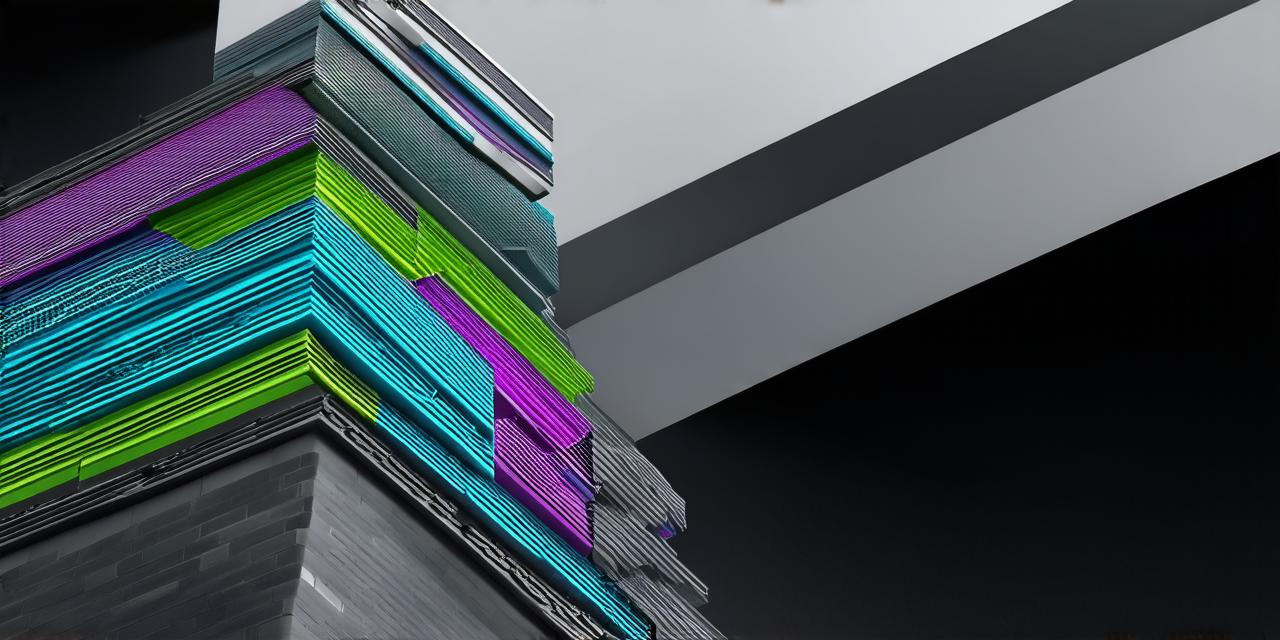Blockchain technology has become increasingly popular in recent years due to its decentralized and secure nature. One of the key components of blockchain architecture is the layer system, which allows for different levels of security and functionality. In this article, we will explore how many layers the blockchain architecture typically consists of and their respective functions.
The Layers of a Blockchain
1. Presentation Layer
The presentation layer is the topmost layer in a blockchain architecture, responsible for interacting with the end-users. This layer provides an interface that allows users to access and use the blockchain network.

2. Application Layer
The application layer is responsible for providing a user-friendly interface for interacting with the blockchain. This layer allows users to access specific features or services of the blockchain network, such as voting systems, supply chain management, or identity verification.
3. Data Storage Layer
The data storage layer is responsible for storing all the information that is stored on the blockchain. This includes transactional data, smart contract executions, and any other data that needs to be stored securely.
4. Consensus Layer
The consensus layer is responsible for maintaining the integrity of the blockchain network by ensuring that all participants agree on the state of the ledger. This layer uses a consensus algorithm, such as proof-of-work or proof-of-stake, to ensure that transactions are verified and added to the blockchain in a secure and efficient manner.
5. Security Layer
The security layer is responsible for protecting the network from unauthorized access and attacks. This layer often includes encryption and authentication mechanisms to ensure that only authorized users can access the network and its data.
6. Governance Layer
The governance layer is responsible for managing the blockchain network, including setting rules and regulations, and resolving disputes between users. This layer often interacts with the consensus layer to ensure that changes to the network are made in a transparent and democratic manner.
7. Interoperability Layer
The interoperability layer allows different blockchain networks to communicate with each other, enabling them to share data and functionality. This layer is critical for building a decentralized ecosystem of applications and services that can work together seamlessly.
Factors Affecting the Number of Layers
The number of layers in a blockchain architecture can vary depending on the specific needs and requirements of the network. Some factors that may affect the number of layers include:
- Scalability requirements: If a network is expected to grow rapidly, additional layers may be needed to ensure that the network remains efficient and scalable.
- Security concerns: If a network needs to be highly secure, additional layers may be needed to provide advanced encryption and authentication mechanisms.
- Functionality requirements: If a network needs to support a wide range of applications and services, additional layers may be needed to provide the necessary functionality.
Real-Life Examples of Blockchain Layers in Action
Bitcoin (BTC)
Bitcoin is one of the most well-known cryptocurrencies and has a relatively simple blockchain architecture consisting of only four layers: the presentation layer, application layer, data storage layer, and consensus layer. The Bitcoin network uses a proof-of-work consensus algorithm to validate transactions and ensure that the ledger remains secure.
Ethereum (ETH)
Ethereum is a popular platform for building decentralized applications (dApps) and has a more complex blockchain architecture consisting of six layers: the presentation layer, application layer, data storage layer, consensus layer, security layer, and governance layer.
